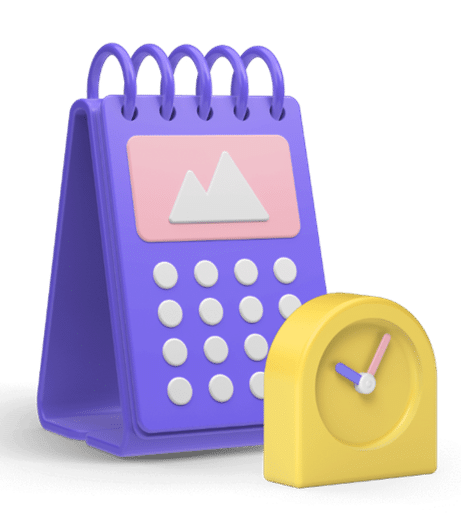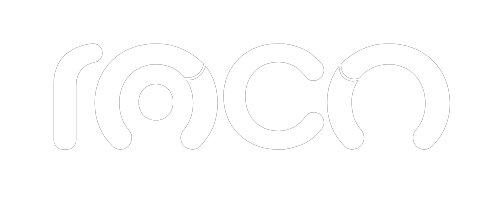You've probably wondered what a programming library is. Basically, it is a set of implementations coded in a language like Python or JavaScript. These implementations provide a defined interface for certain functionality. Think of them as instructions that different programs can use. For example, if you are making an app to send emails automatically, you can use a library to manage dates. This saves time and resources by leveraging already-made code. It is important to note that libraries are linked at different stages of development. In this blog, we will explore types of libraries and you will be surprised at how useful they can be. Keep reading to know more!

To understand what a programming library is, it is useful to clarify the concept of “library”. We often mistakenly use this term to refer to libraries due to its similarity to the English term “library.” However, it is important to distinguish between the two. According to the RAE:
Library: "Institution whose purpose consists of the acquisition, conservation, study and exhibition of books and documents."
Bookstore: “Store where books are sold.”
Therefore, it is more accurate to speak of “programming libraries” since they contain files with code. However, both terms are appropriately used and understood in the technological context.
So, a programming library, also known as a library or software library, is a set of predefined functions, routines, classes and objects that are designed to be used by software developers in their programs. These libraries contain prewritten code that addresses common and specific tasks in programming.
Libraries are created with the purpose of reusing code and simplifying the development process. Instead of having to write all functions from scratch each time a specific task needs to be performed, developers can use functions and components from a library to streamline the process.
Libraries can cover a wide range of areas, such as file manipulation, network management, image processing, mathematical operations, user interface, and much more. Some popular examples of programming libraries include:
Libraries allow developers to leverage previous work and best practices, speeding up the development process, reducing the chance for errors, and making it easier to create more robust and functional applications.
Programming libraries can be classified into various types based on their functionality and area of focus. Below are some of the most common types of programming libraries:
These libraries provide common functions and routines that are useful in a wide variety of applications. They typically include math operations, string manipulation, file manipulation, and more.
These libraries are designed to make it easier to create user interfaces in applications. They can include graphical interface (GUI) components and tools for building interface elements, such as buttons, windows, dialog boxes, etc.
These libraries focus on the manipulation and display of graphics, images, audio and video. They may include functions for graphical rendering, image editing, multimedia playback, etc.
These libraries facilitate communication between applications and devices over networks. They can address network protocols, sockets, web API access, data transmission, etc.
These libraries provide methods for interacting with databases. They can include SQL queries, CRUD (create, read, update, delete) operations, and connection management.
These libraries are designed for developing machine learning models, statistics, and data analysis. They can include machine learning algorithms, data processing and visualization.
These libraries focus on providing tools to implement security and cryptography in applications. They may include encryption algorithms, authentication, key generation, etc.
These libraries are specific for the development of video games and interactive applications. They can include game engines, 3D graphics, game physics, etc.
These libraries focus on natural language processing and text analysis. They may include tools for tokenization, grammar analysis, entity detection, etc.
These are just a few examples of the types of programming libraries that exist. Each type of library is designed to address a specific set of needs and facilitate application development in particular areas.
At Auladig we can help you learn about web pages by entering our blog: Types of web pagesIn addition to collaborating with your own website, if you want you can contact us so we can chat and see what we can help you with.

Subscribe to our community and keep learning.

